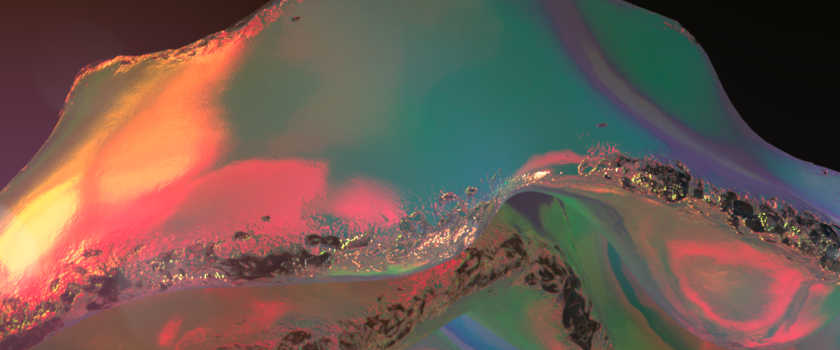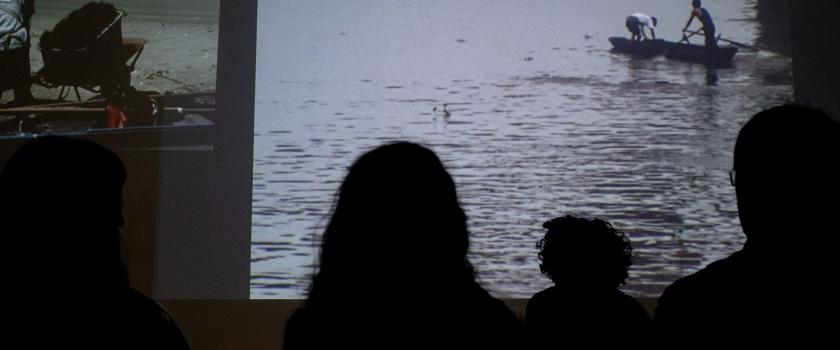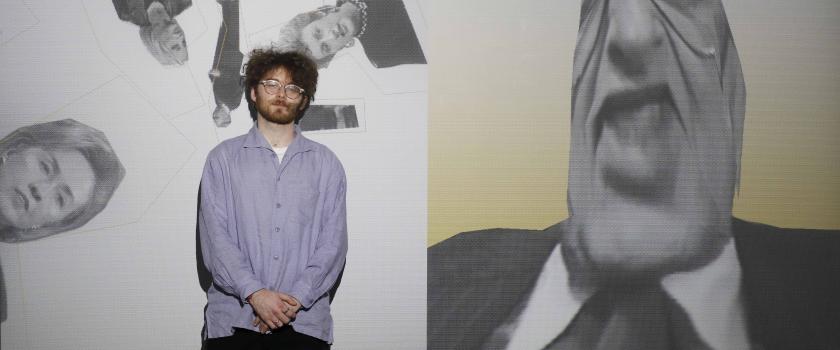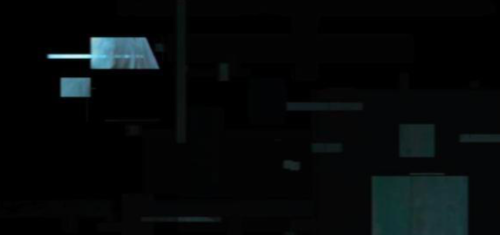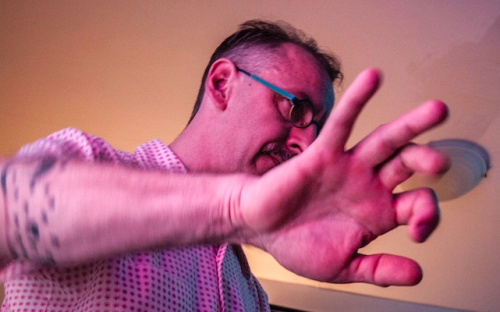Online presentation: Matthew Ostrowski
As a part of the exhibiton of an audiovisual artist Matthew Ostrowski, postponed indefinitely due to the Czech government measurements, we have prepared an opening online presentation that introduces forms, art approach, and theoretical foundations of Ostrowski’s artwork. The presentation is online.
In Scarlet (t) made in 2012, the author focuses merely on the lips of the main character of the film Girl with a Pearl Earring (2003, directed by Peter Webber), played by Scarlett Johansson. The main motif is an observation, or simply watching: the lips of Scarlet Johansson – that are watched – may be understood as a kind of a fetish, an object of unfulfilled desire, both among the actors of the film and in relation to the viewers and their passive role as observers.
A more recent work from 2020, entitled as Joan and her Persecutors, is based on the famous silent film Passion of Joan of Arc (1928, directed by CT Dreyer), filmed in long shots capturing the characters from above, focused on the expressions of human faces and emotions mirrored in those faces. Ostrowski intensifies this concentration on a range of expressions and emotions further and makes the faces stand alone in a separate composition, taken out from a linear passage of time.
What is the relationship between an algorithm and an object producing a sound – from the theoretical, aesthetical or cultural point of view? In his latest works, Ostrowski is focused on those topics as he studies associations of quotidian objects in generative music compositions and installations.
“Objects have dual existences: as phenomena that exist in the world and as signifiers. I am interested in reworking the material aspect of the cultural object in order to throw light on its signification. One can subject it to statistical, permutational, or algorithmic treatments — in other words, compose it — purely as a material object. Through this material re-imagining, using the qualities inherent in its mechanical or quantitative nature, we can reveal, alter, or undermine its intended or culturally determined meaning, while keeping the work intact within its own boundaries.
One might thus understand Ostrowski’s work in the terms of poststructuralist philosophical thinking that understands the language and the meaning produced by the language as a hidden structure of power determining and reducing the possibilites of individual and colective consciousness. The role of an artist lies in interfereing and unveiling the structure by revealing its own form – that is how the work is created.
“As an artist, I am interested in revealing the truth behind our operations of mind, how we assemble reality and meaning from the torrent of perceptions and feelings we are confronted with at every moment of existence. By recontextualizing concrete sonic and visual information, these works, whether open-form or fixed, seek to function as environments in which to exercise one’s attention and inventiveness, to create a place and time in which one can engage with what Richard Foreman calls “the process of consciousness colliding with the world.”
Ostrowski also works with the medium of film as an object. He perceives it as a material that can be manipulated within his own creative work through computer programs and algorithms. The author’s creative intention is to reveal the hidden message of the film, often hidden beneath the content, visual and sound layers of the film, and thus interpret its meaning. Film frames cut into a narrative serve as a starting point for the author. Algorithms search for and isolate key shots or motifs that carry the meaning of the entire film. The independence of these motifs and their removal from the frame and scenery of the story reveals their unintended and hidden meaning and deconstructs the work in a new artistic representation.
Similarly, he has constructed his last work Monograph, produced for an artist platform called Roulette, an artwork for sound and electronics. Through the collage technique he is reflexting the language in the digital era.
- Monograph to watch here.
New York City native Matthew Ostrowski has worked as a composer, performer and installation artist, exploring work with music, multimedia, video and theater. Using digital tools and formalist techniques to engage with quotidian materials — sonic, physical, and cultural – Ostrowski’s work explores the liminal space between the virtual and phenomenological worlds. His work, which has been seen on six continents, ranges from live electronic performance to installations incorporating video, multichannel sound, and computer-controlled objects. He is a freelance developer of interactive technology for artists, and teaches at NYU and Columbia University.
His work ranges from live electronic performance to installations incorporating video, multichannel sound, and computer-controlled objects. Ostrowski has collaborated with a large number of artists in the US and abroad, including David Behrman, John Butcher, Diamanda Galás, Nicolas Collins, Anne LaBerge, Andrea Parkins, The Flying Karamazov Brothers, and many others. He was composer-in-residence for the MacArthur-award winning choreographer Elizabeth Streb, and has designed interactive technologies for performing and fine artists ranging from Laurie Anderson to Martha Rosler. He regularly performs in the duo KRK, with Prague-based contrabassist George Cremaschi, and with R. Luke Dubois in the multimedia duo Fair Use.
